New research done at NASA’s Jet Propulsion Laboratory reveals potential signs of a rocky, volcanic moon orbiting an exoplanet 635 light-years from Earth. The biggest clue is a sodium cloud that the findings suggest is close to but slightly out of sync with the exoplanet, a Saturn-size gas giant named WASP-49 b, although additional research is needed to confirm the cloud’s behavior. Within our solar system, gas emissions from Jupiter’s volcanic moon Io create a similar phenomenon.
Category: space – Page 117
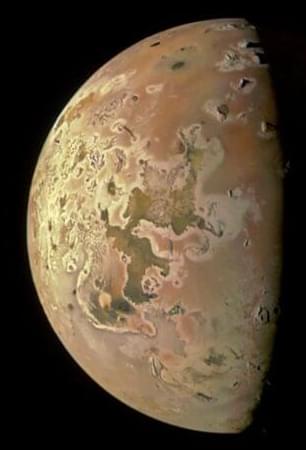
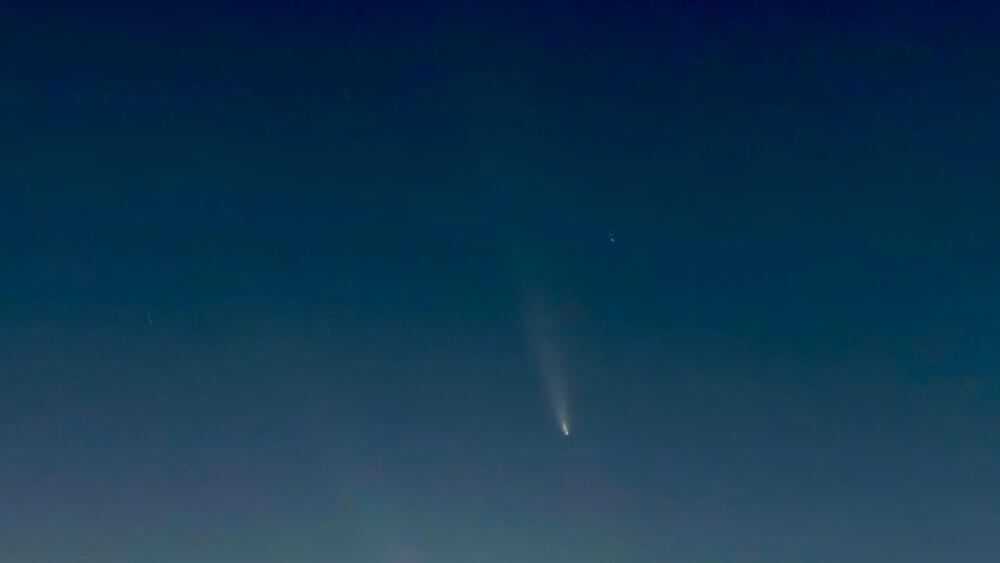
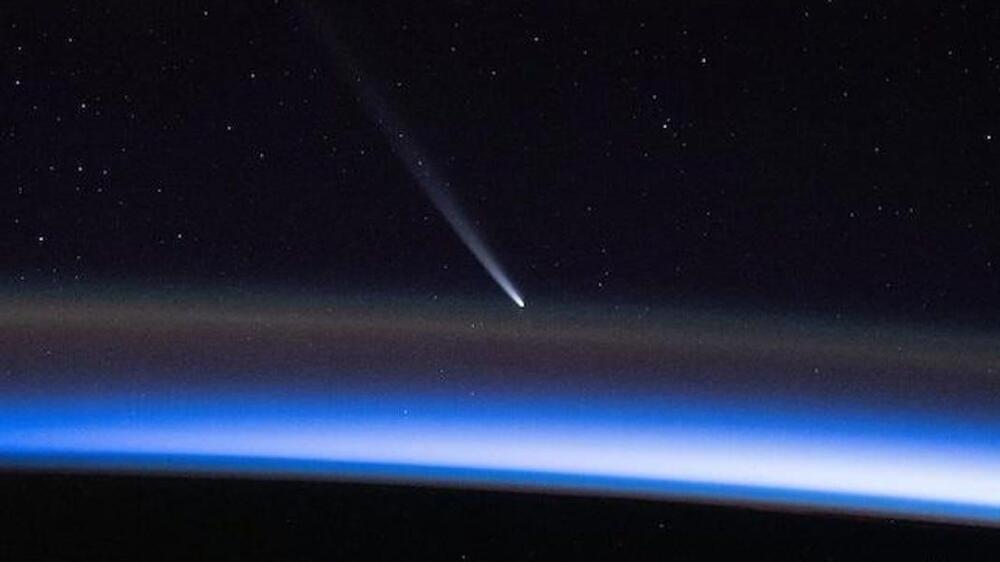
China space station By sinann
Found on Google from toonpool.com
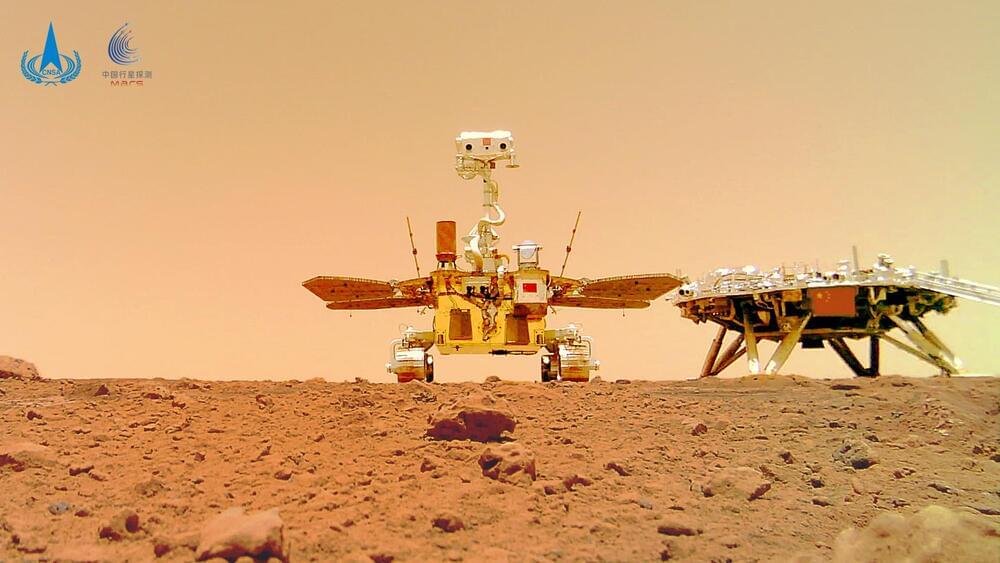
This Week In Space podcast: Episode 132 — Living in Martian Mushrooms
Growing Fungal Space Habitats
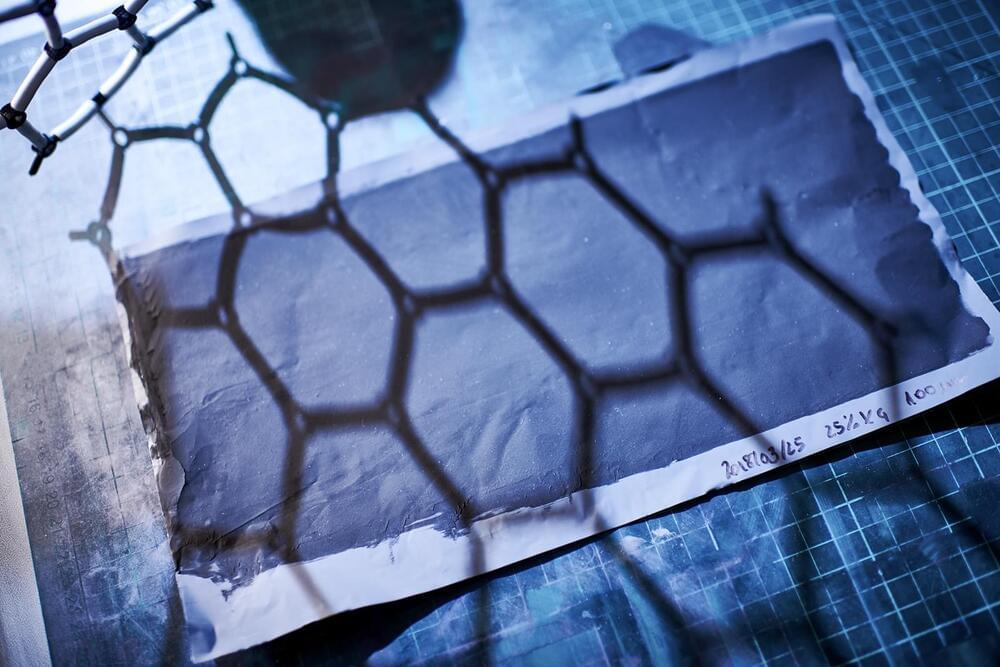
Twenty years after its discovery, graphene is finally living up to the hype
Manchester, England— On a rare sunny day in northern England, the National Graphene Institute (NGI) here gleams like a five-story block of obsidian. Squeezed into the University of Manchester’s sprawling downtown campus, the research center is clad in almost 2000 lustrous black panels with small hexagonal perforations—an architectural nod to the structure of the atom-thin sheet of carbon that gives the building its name.
NGI exists because graphene was first isolated a short walk away in a University of Manchester lab. Andre Geim and Konstantin Novoselov presented it to the world 20 years ago this month and later won a Nobel Prize for the work. Since its unveiling, billions of dollars of R&D funding have flowed to graphene, in a global race to exploit its peerless properties. It is better at carrying electricity than any metal, a superb heat conductor, and hundreds of times stronger than steel—selling points trumpeted in the marketing materials of universities and companies alike.
Early on, researchers were not shy about promising graphene breakthroughs, with predictions that it would enable superthin rollable TVs and space elevators, and even supplant silicon in computer chips. “Expectations were very, very high,” Geim says. “The companies I was involved in were mostly based on hype.”
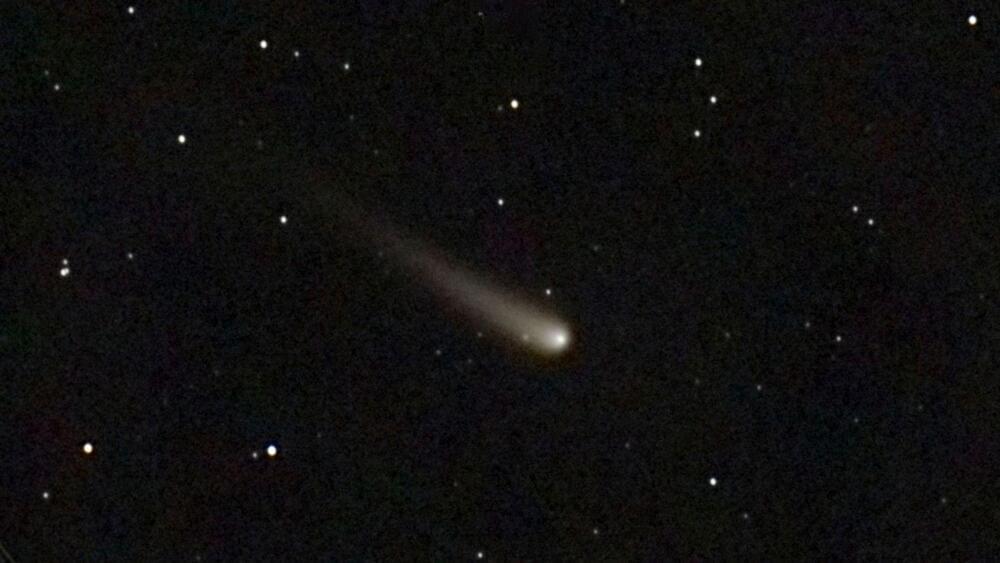
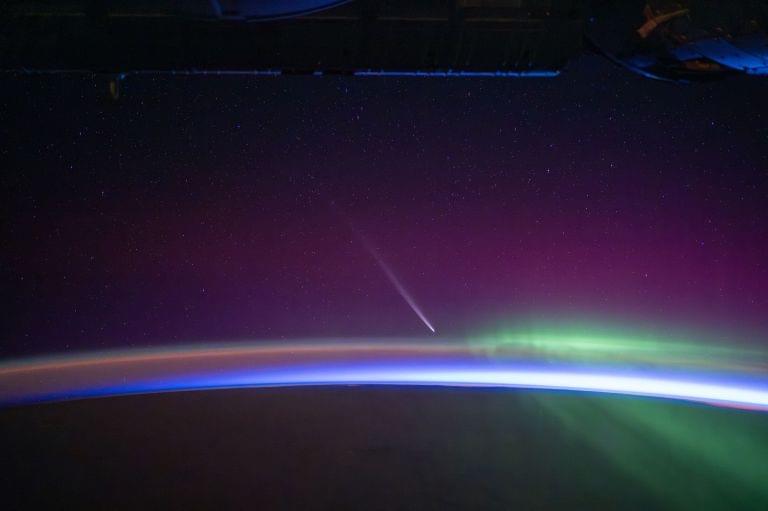
Comet likely last seen when Neanderthals walked Earth could soon dazzle in the night sky
A recently discovered comet, known as C/2023 A3 Tsuchinshan–ATLAS, will make its closest approach of Earth on Saturday. Sky-gazers won’t want to miss the event since it may be the last time the comet will be seen in the night sky for another 80,000 years.
The comet successfully reached perihelion, its closest point to the sun in its orbital path around the parent star, on September 27, and was visible for those in the Southern Hemisphere in September and early October. Now, the icy body is on its way out of the inner solar system and will be visible to those in the Northern Hemisphere in mid-October through early November, according to NASA.